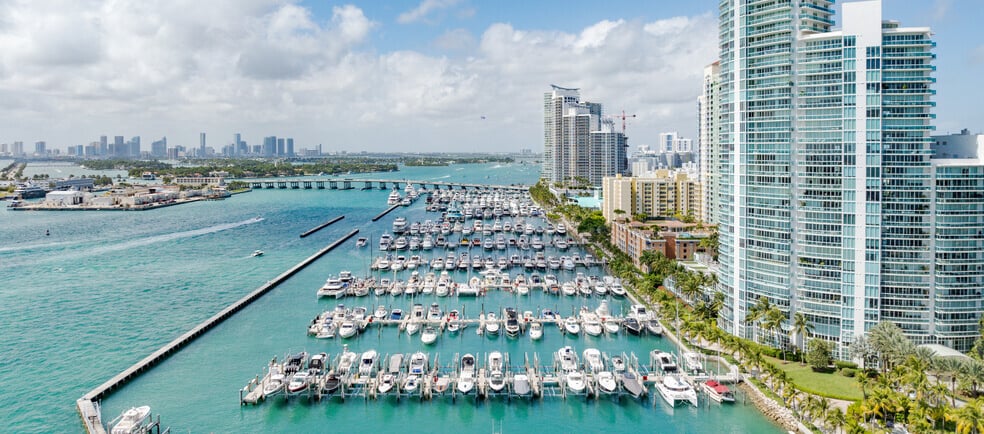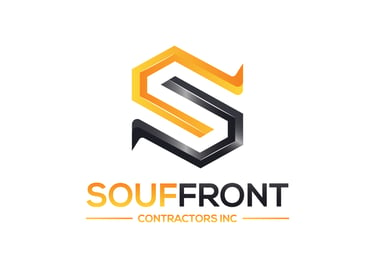Expert Engineering Reports for Comprehensive Seawall Inspections, Repairs, and Full Construction.
Miami Beach Seawall Violation
Understanding Requirements, Violations, and Repairs
12/10/20243 min read


Miami Beach is no stranger to the challenges posed by rising sea levels and increased flooding. Seawalls, acting as vital barriers against tidal intrusion, are becoming increasingly critical to protecting property, infrastructure, and the community at large. However, as cities across South Florida tighten regulations, property owners are grappling with the need to maintain, upgrade, or replace their seawalls to meet the latest standards. For a deeper breakdown of inspection requirements, see our complete guide to seawall inspections.
In this article, we’ll explore seawall elevation requirements in Miami Beach, delve into violations issued by the city for non-compliance, and provide actionable advice on ensuring your seawall meets current and future needs.
The Importance of Proper Seawall Elevation in Miami Beach
To combat rising sea levels and intensifying storm surges, Miami Beach and surrounding municipalities have implemented rigorous seawall height standards. These regulations are based on the North American Vertical Datum of 1988 (NAVD 88) and are informed by studies conducted in collaboration with entities like the U.S. Army Corps of Engineers (USACE).
Current Elevation Standards:
Minimum Elevation Requirements:
Seawalls must meet a minimum elevation of 5 feet NAVD 88 by 2050.
Interim allowances of 4 feet NAVD 88 are permissible until 2035, provided the seawall design accommodates future elevation increases to 5 feet.
Why Consistency Matters:
Discrepancies in seawall heights can lead to uneven flood protection, allowing water to bypass lower sections and infiltrate neighboring properties.
Impacts of Non-Compliance:
Seawalls that fail to prevent tidal flooding are deemed public nuisances and are subject to municipal enforcement.
What Happens When Seawalls Fall Short? City-Issued Violations
Miami Beach takes seawall maintenance seriously, as neglected barriers can exacerbate flooding for surrounding areas. If a seawall is in disrepair or does not meet elevation standards, the city may issue a violation.
Common Reasons for Violations:
Flood Trespass:
Tidal waters that breach a seawall and flood adjacent properties or public roads can result in citations.
Visible Disrepair:
Seawalls with cracks, erosion, or material failure that compromise their structural integrity.
Inadequate Height:
Seawalls that do not meet the prescribed NAVD 88 elevation requirements.
Timeline for Compliance:
Property owners receiving a citation must address the violation within one year. This includes conducting necessary repairs or elevating the seawall to meet standards.
Failure to comply within this timeframe can lead to further penalties and increased costs for enforcement actions.
Upgrading Your Seawall: Steps to Compliance and Resilience
1. Determine Your Elevation
Use tools like the Sea Level Scenario Sketch Planning Tool to assess your property’s elevation.
Contact your city’s Floodplain Manager for an official elevation certificate.
2. Assess the Condition of Your Seawall
Conduct a professional inspection to evaluate structural soundness and elevation.
For homeowners in South Miami, you can schedule a detailed assessment here:
Seawall Inspection in South Miami
3. Plan for Future-Proof Designs
Seawalls designed for a 5-foot NAVD 88 elevation ensure long-term compliance.
Consider "living shorelines" for ecological benefits, combining durability with environmental conservation.
4. Hire a Qualified Contractor
Souffront Contractors Inc., experts in seawall inspections and repair, can guide you through the permitting, design, and construction process.
5. Secure Financing and Permits
Explore home equity or construction loans if needed, and ensure all local, state, and federal permits are in place before construction begins.
6. Complete Construction and Finalize Inspections
Properly close out permits after construction to certify compliance and ensure a durable solution.
What Should I Do If I Receive a Seawall Violation in Miami Beach?
If you receive a seawall violation, act swiftly to avoid escalating penalties. Here’s how:
Consult a Professional:
Reach out to contractors or coastal engineers to do an in-depth seawall inspection and identify corrective measures.
Develop a Repair or Upgrade Plan:
Ensure the proposed solution meets Miami Beach’s elevation and structural standards.
Communicate with the City:
Inform city officials of your plan and timeline for compliance to avoid additional enforcement actions.
Implement and Document Repairs:
Complete the work within the city’s one-year deadline, and maintain thorough records to demonstrate compliance.
By addressing violations promptly, you not only protect your property but also contribute to broader community resilience.
Future-Proofing Miami Beach Against Rising Waters
Miami Beach’s seawall standards are a proactive response to the increasing threat of tidal flooding. Meeting these regulations is not just about avoiding fines—it’s about safeguarding your investment and the community. For professional inspections, repair services, and expert guidance, trust Souffront Contractors Inc. Visit Seawall Inspection Pro or read this article we just posted on Quora about Seawall Height Standards for 2050: Preparing Your Property for the Future. Learn how we can help protect your property from rising tides.
© 2012-2024 Souffront Contractors & Engineers | All Rights Reserved
Estimates@souffrontcontractors.com
Phone: 877-420-7220
© 2024. All rights reserved.


